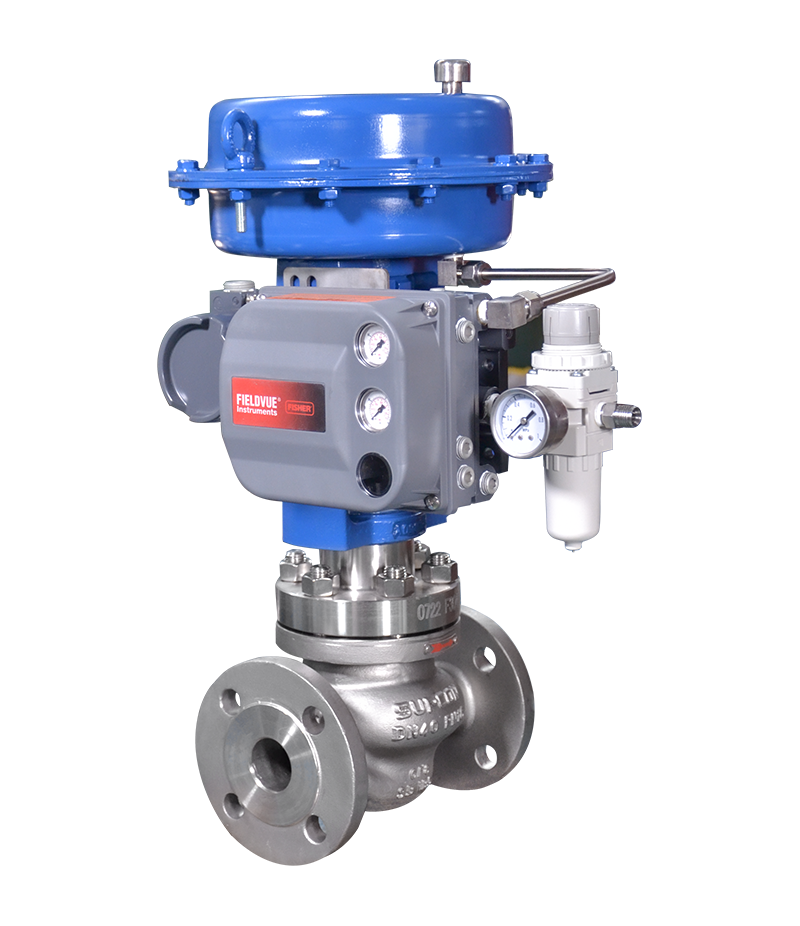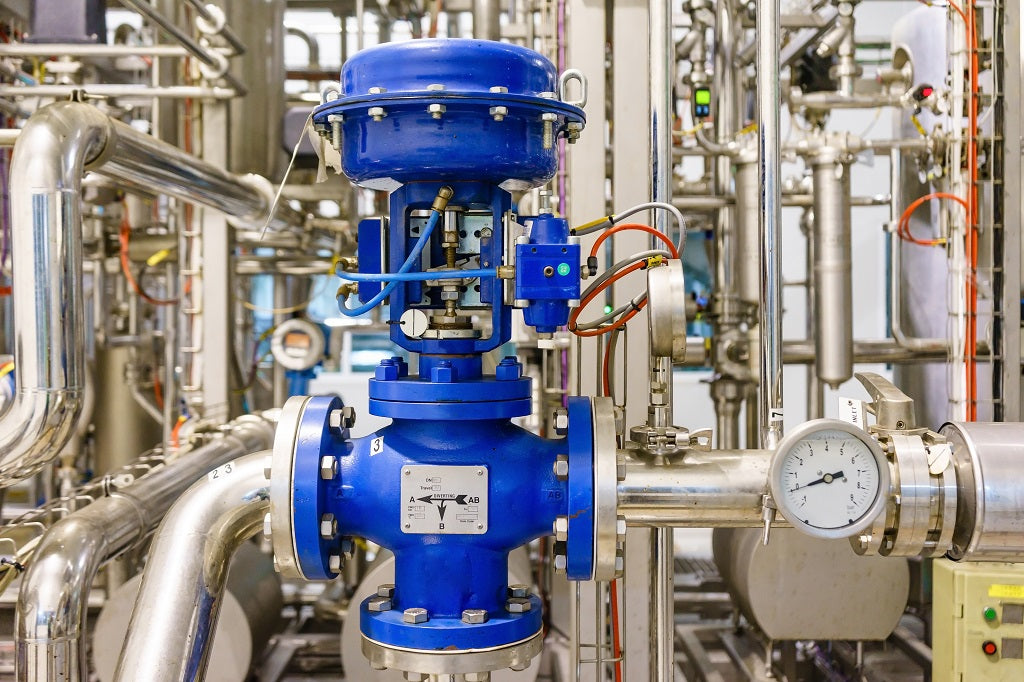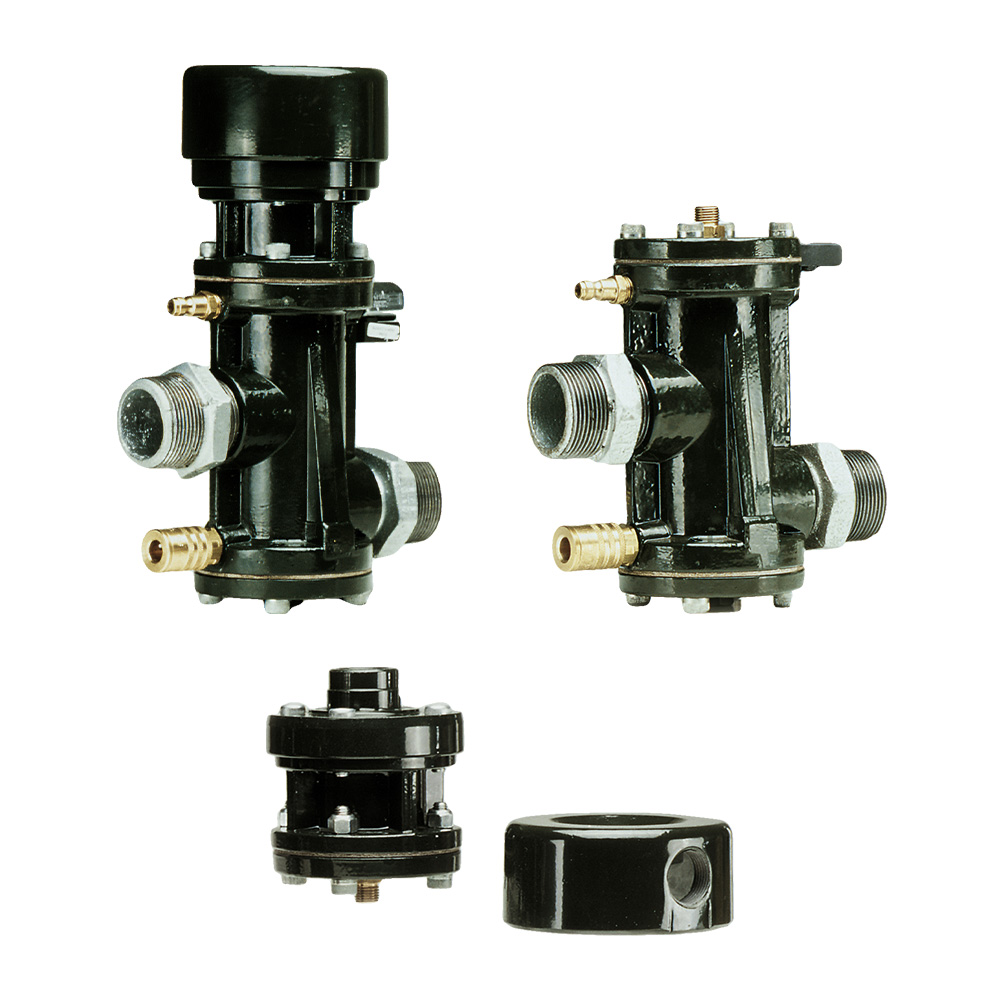Efficient Control Valves: Secret Parts for Efficient System Management
Efficient Control Valves: Secret Parts for Efficient System Management
Blog Article
Achieve Seamless Combination and Control With High Quality Building Automation Controls
In the realm of modern building monitoring, the relevance of quality structure automation controls can not be overemphasized. Accepting top quality building automation controls is not merely a matter of ease however a critical imperative for companies intending to maximize their facilities' performance and sustainability.

Advancement of Structure Automation Controls
Throughout the previous few years, the advancement of building automation controls has substantially changed the method buildings are handled and operated. Developing automation systems mostly focused on fundamental functions such as managing air, home heating, and air flow conditioning (HVAC) systems. As technology advanced, these controls have actually become a lot more advanced, allowing for a larger variety of building systems to be integrated and handled centrally.
The advancement of constructing automation controls has actually seen a shift in the direction of even more intelligent systems that can adapt to altering conditions in real-time. This flexibility is critical for maximizing energy performance and ensuring owner comfort. Furthermore, modern-day structure automation controls currently use functions such as anticipating maintenance, remote tracking, and information analytics, enabling center supervisors to make data-driven choices to improve structure efficiency.

Benefits of Quality Assimilation
The innovation in building automation controls towards even more intelligent systems has highlighted the considerable benefits of quality assimilation in optimizing building operations and improving overall efficiency. Quality integration of building automation controls offers a number of crucial advantages. First of all, it results in improved energy efficiency by allowing different systems to collaborate effortlessly, guaranteeing ideal efficiency and minimizing power wastage. Secondly, high quality integration boosts passenger comfort and performance by making it possible for individualized control over ecological setups like temperature, air, and lighting quality. This personalization can lead to an extra favorable and comfortable working or living setting. Additionally, top quality combination streamlines upkeep and fixing processes, as all systems are adjoined and can be kept an eye on and managed from a centralized interface. This central control also offers far better presence and understandings into building efficiency, allowing aggressive upkeep and optimization approaches. In general, the advantages of high quality combination in structure automation controls are undeniable, providing increased performance, convenience, and operational efficiency.
Boosted User Experience and Ease Of Access
Enhancing user interaction with structure automation manages via intuitive layout and enhanced accessibility raises the overall experience for occupants and facility supervisors alike. By concentrating on customer experience, building automation systems can end up being much more efficient and user-friendly. User-friendly interfaces, clear navigating, and customizable setups empower customers to connect with the controls quickly and effectively.
Ease of access functions play a critical function in making sure that all people, consisting of those with impairments, can make use of the structure automation regulates with convenience. Integrating functions such as voice commands, tactile switches, and color-contrasted display screens can enhance availability and make the controls extra inclusive.
Furthermore, improved individual experience leads to higher customer complete satisfaction, boosted efficiency, and far better decision-making. Residents can adjust environmental settings according to their choices, while facility supervisors can effectively handle and keep track of building systems - control valves control valves. In general, focusing on individual experience and access in building automation manages contributes to an extra seamless and effective building atmosphere for all stakeholders entailed
Lasting Practices Via Automation

Furthermore, automation can promote the assimilation of sustainable energy resources such as solar panels or wind generators right into building operations. Via automation, buildings can straighten with modern sustainability goals and add to a greener future.
Future Trends in Building Control Solution
In anticipation of advancing technologies and evolving sustainability practices, the trajectory of building control systems is positioned to embrace transformative approaches and cutting-edge options. One popular fad shaping the future of structure control systems is the raised combination of Artificial Knowledge (AI) and machine discovering. These modern technologies allow structures to adjust in real-time to altering conditions, optimizing energy usage and boosting comfort for occupants. Additionally, the Net of Things (IoT) is transforming building control systems by connecting sensing units and tools to simplify procedures and improve performance.
An additional key pattern is the focus on cybersecurity actions to protect against prospective threats to developing automation systems. As structures end up being extra interconnected, guaranteeing durable cybersecurity procedures will be crucial to protect delicate data and prevent unauthorized accessibility.
Moreover, the shift towards cloud-based systems is obtaining energy, allowing for systematized control and remote access to building systems. This helps with much easier surveillance, maintenance, and updates, boosting the total efficiency and adaptability of building control systems. As innovation proceeds to development, these patterns are anticipated to shape the future landscape of structure automation controls, driving advancement and sustainability in the developed environment.
Final Thought
Finally, building automation controls have developed substantially, using many benefits such as boosted customer experience, accessibility, and sustainable practices. Quality integration plays a vital function in accomplishing seamless control and effective procedure of building systems. Future fads in building control systems are most likely to concentrate on additional improving automation abilities for improved power efficiency and total efficiency. It is vital for building proprietors and operators to focus on the fostering of top click reference quality building automation regulates to maximize structure operations and attain lasting sustainability goals.
In the world of modern structure monitoring, the value of quality building automation controls can not be overemphasized. Overall, the evolution of structure automation regulates proceeds to drive innovation in the building management sector, providing brand-new opportunities for creating smarter and more lasting structures.
The development in structure automation controls in the direction of even more smart systems has underscored the considerable benefits of quality assimilation in optimizing building procedures and enhancing general performance. Generally, focusing on user experience and access in building automation controls contributes to an extra productive and smooth structure environment for all stakeholders involved.
It is important for structure proprietors and operators to focus on the visit adoption of high quality structure automation regulates to enhance structure operations and accomplish long-term sustainability objectives. - control valves
Report this page